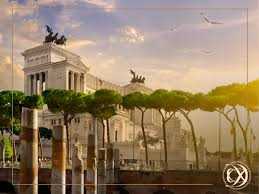
One cannot help but be mesmerized by the magnificence of Rome, as it is home to some of the world’s most iconic landmarks. From the awe-inspiring Colosseum to the majestic Pantheon, each structure tells a story of ancient civilizations that have shaped the course of human history.
Walking through the streets of Rome is like stepping into a living museum. Cobblestone pathways lead to hidden piazzas, where bustling cafes and trattorias serve delicious Italian cuisine. The scent of freshly baked pizza and the sound of laughter fill the air, creating an atmosphere that is both vibrant and inviting.
Exploring Rome’s historic neighborhoods, such as Trastevere and Monti, is like taking a journey back in time. Narrow streets lined with colorful houses, enchanting fountains, and beautiful churches provide a glimpse into the city’s rich past. It is in these hidden corners that you can truly immerse yourself in the spirit of Rome.
Whether it’s marveling at the masterpieces in the Vatican Museums, tossing a coin into the Trevi Fountain, or indulging in a cone of gelato while admiring the Spanish Steps, Rome offers endless opportunities for discovery and enchantment. It is a city that captivates the hearts of all who visit, leaving a lasting impression that cannot be forgotten.
The rich artistic history of Rome
Rome has a rich artistic history that spans over two millennia, making it one of the most culturally significant cities in the world. The city has been a hub of creativity and inspiration for countless artists, architects, and sculptors throughout history.
One of the most famous examples of Rome’s artistic legacy is the Renaissance period, which brought about a resurgence of interest in classical art and architecture. This era saw the creation of iconic masterpieces such as Michelangelo’s Sistine Chapel ceiling and Raphael’s frescoes in the Vatican Palace.
Classical art and architecture
Rome is often referred to as the birthplace of Western art due to its influence on classical art and architecture. The city is home to numerous ancient Roman structures, such as the Colosseum, the Pantheon, and the Roman Forum, which serve as a testament to the incredible craftsmanship of the time.
During the Roman Empire, the city was adorned with magnificent statues, intricate mosaics, and grandiose buildings. These art forms reflected the power and wealth of the empire and had a significant impact on future artistic movements.
The Vatican’s artistic treasures

Rome is also home to the Vatican City, a sovereign state and the spiritual center of the Catholic Church. The Vatican boasts an extensive collection of art, including masterpieces by renowned artists such as Leonardo da Vinci, Caravaggio, and Bernini.
The Vatican Museums house an impressive array of sculptures, paintings, and historical artifacts, with highlights including the famous statue of Laocoön and His Sons and the stunning frescoes of the Raphael Rooms.
The influence of Rome’s artistic history can be seen in various forms throughout the city. From its awe-inspiring architecture to its world-class museums, Rome continues to be a haven for artists and art enthusiasts alike, offering a unique blend of ancient and modern artistic expressions.
Florence: The Birthplace of Renaissance

During the Renaissance, Florence became a thriving center of artistic innovation, attracting talented artists, architects, and thinkers from across Europe. The city’s patronage system, which involved wealthy families supporting artists financially, allowed for the creation of magnificent artworks and architectural marvels.
Masterpieces of Florentine Renaissance Art
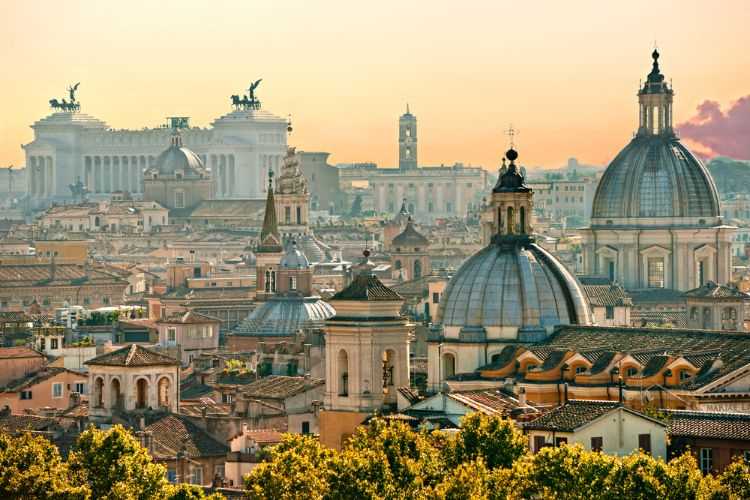
Florence boasts a rich collection of Renaissance art that can be admired in its numerous museums and galleries. One of the most famous museums is the Uffizi Gallery, which houses iconic works by artists such as Leonardo da Vinci, Michelangelo, and Botticelli. The Birth of Venus, a renowned painting by Botticelli, is among the highlights of the Uffizi collection.
Another masterpiece of Florentine Renaissance art is Michelangelo’s David, a marble sculpture that symbolizes the city’s strength and resilience. The statue can be admired at the Galleria dell’Accademia, where visitors can marvel at its exceptional beauty and craftsmanship.
Architectural Marvels
The Palazzo Vecchio, a fortress-like palace located in the heart of Florence, showcases a blend of medieval and Renaissance architectural styles. This iconic building, with its crenelated tower and elaborate frescoes, is a testament to the city’s rich history.
| Florentine Renaissance Art | Architectural Marvels |
|---|---|
| Uffizi Gallery | Florence Cathedral (Duomo) |
| Galleria dell’Accademia | Palazzo Vecchio |
Visiting Florence is like stepping into a time capsule of the Renaissance era. The city’s rich artistic heritage, coupled with its picturesque streets and charming piazzas, creates an enchanting atmosphere that continues to inspire and captivate visitors from around the world.
Exploring the treasures of Florentine art
Florence, the capital of Italy’s Tuscany region, is a city known for its rich history and artistic heritage. It is home to some of the world’s most famous art masterpieces, attracting millions of visitors each year. Exploring the treasures of Florentine art is a journey into the heart of the Renaissance, a time when Florence was at the center of artistic innovation.
The Uffizi Gallery
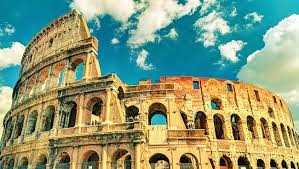
One of the must-visit places in Florence is the Uffizi Gallery. This renowned art museum houses an incredible collection of artworks, including paintings by Italian masters such as Botticelli, Leonardo da Vinci, and Michelangelo. Walking through the halls of the Uffizi is like stepping back in time and witnessing the birth of the Renaissance movement.
The Duomo
No visit to Florence is complete without seeing the Duomo, Florence’s iconic cathedral. The centerpiece of the Duomo complex is the Santa Maria del Fiore, a magnificent Gothic-style church with a beautiful dome designed by Filippo Brunelleschi. Inside the cathedral, visitors can admire stunning frescoes and intricate stained glass windows.
Other notable attractions
- The Accademia Gallery, where Michelangelo’s famous sculpture, the “David,” is housed.
- The Pitti Palace, a grand Renaissance palace that now serves as a museum and showcases Renaissance art and artifacts.
- The Bargello, a former prison turned museum that houses a remarkable collection of sculptures, including works by Donatello.
Whether you are an art enthusiast or simply appreciate beauty, exploring the treasures of Florentine art is an experience like no other. From the breathtaking masterpieces in the Uffizi Gallery to the grandeur of the Duomo, Florence offers a journey through time and an immersion into the world of Renaissance art.
Prague: A Jewel of Central Europe
A City of Rich History
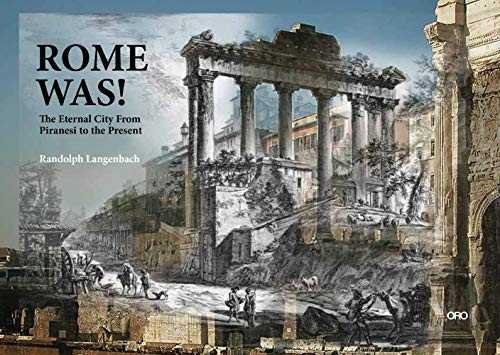
Prague has a history that spans over a thousand years, with its roots dating back to the Romanesque era. The city has witnessed significant moments in European history, from the Bohemian Kingdom to the Habsburg Monarchy. The Old Town Square, with its iconic Prague Astronomical Clock, stands as a testament to the city’s medieval past, while Prague Castle showcases the grandeur of the Renaissance and Baroque periods.
Architectural Marvels
Prague is renowned for its stunning architecture, with each era leaving its mark on the city’s skyline. The Gothic masterpiece of St. Vitus Cathedral, nestled within Prague Castle, is a sight to behold. The Charles Bridge, adorned with statues and offering panoramic views of the city, is a prime example of medieval bridge construction. The Art Nouveau buildings that line the streets of Prague add a touch of elegance to the city’s architectural landscape.
Whether it’s exploring the narrow cobblestone streets of the Lesser Town, marveling at the intricate façade of the Municipal House, or visiting the unique Dancing House, Prague offers architectural wonders at every turn.
Cultural Capital
Prague has long been hailed as a cultural capital, nurturing many great artists and intellectuals throughout history. The city is home to numerous theaters, opera houses, and concert halls, where visitors can experience the magic of classical music, ballet, and theater. The National Museum and the Museum of Decorative Arts showcase the rich cultural heritage of the Czech Republic, while the modern DOX Centre for Contemporary Art presents cutting-edge exhibitions.
Prague’s vibrant art scene is accompanied by a thriving café culture and a diverse culinary landscape. From traditional Czech cuisine to international flavors, visitors can treat their taste buds to a range of culinary delights.
The artistic wonders of Prague
Prague, the capital city of the Czech Republic, is known for its rich artistic heritage. The city is filled with artistic wonders that have captivated visitors for centuries.
Architecture
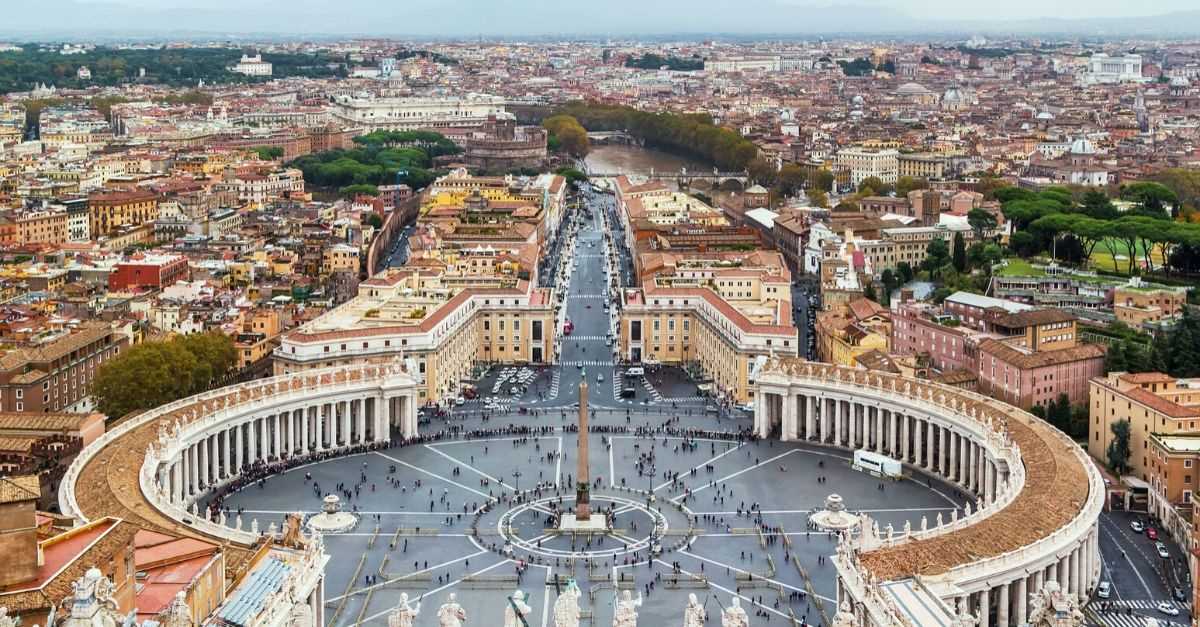
One of the most striking artistic features of Prague is its architecture. The city is home to a diverse range of architectural styles, from Gothic to Baroque to Art Nouveau. The Prague Castle, with its stunning Gothic design, is a must-visit for any architecture enthusiast. The Old Town Square, with its beautifully preserved buildings, is another iconic location that showcases the city’s architectural wonders.
Art Museums
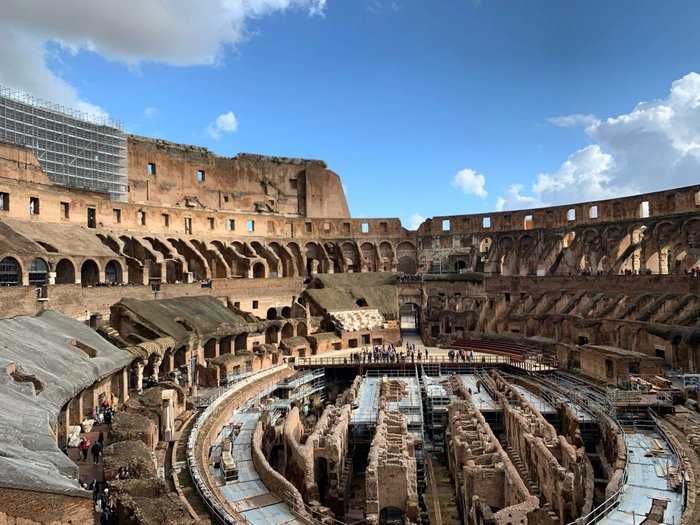
Prague is also home to a number of world-class art museums. The National Gallery, located in the Veletržní Palace, houses an impressive collection of Czech and international art. The Museum of Decorative Arts showcases a wide range of decorative arts, including ceramics, textiles, and glassware. The Mucha Museum, dedicated to the works of the famous Czech Art Nouveau painter Alphonse Mucha, is another must-visit for art enthusiasts.
Prague’s artistic wonders are not limited to its architecture and museums. The city is also known for its street art scene, with colorful murals adorning the walls of many neighborhoods. These vibrant artworks add a modern twist to the city’s artistic landscape.
Barcelona: A Vibrant Hub of Modern Art
Barcelona is a vibrant city that pulsates with creativity and innovation. With its rich history and unique blend of modern and traditional architecture, Barcelona has become a hub for modern art and design.
One of the most famous landmarks in Barcelona is the Sagrada Familia, a magnificent basilica designed by the renowned architect Antoni Gaudi. Gaudi’s distinctive style, inspired by nature and full of intricate details, has made the Sagrada Familia one of the most iconic examples of modernist architecture in the world.
In addition to the Sagrada Familia, Barcelona is also home to other architectural marvels created by Gaudi, such as Park Güell and Casa Batlló. These buildings showcase Gaudi’s innovative approach to design and have become popular tourist attractions.
Barcelona is not only known for its architecture, but also for its thriving art scene. The city is home to numerous museums and galleries that showcase a wide range of contemporary art. The Museum of Contemporary Art (MACBA) and the Barcelona Museum of Contemporary Art are two of the most prominent institutions that feature exhibitions by both local and international artists.
Moreover, Barcelona hosts an annual event called the Barcelona Gallery Weekend, which showcases the city’s vibrant art scene. During this event, galleries, museums, and cultural centers open their doors to the public, offering a unique opportunity to explore the latest creations of local artists.
In recent years, Barcelona has also become a hotspot for street art. The streets of the city are filled with vibrant murals and graffiti, created by both local and international street artists. The city even has specific areas, such as the Raval neighborhood, where street art is embraced and encouraged.
Overall, Barcelona is a city that embraces creativity and celebrates the beauty of modern art. Whether you are visiting the iconic architectural wonders, exploring the city’s museums, or simply strolling through its streets, Barcelona is sure to leave a lasting impression on art enthusiasts and culture lovers alike.
Immerse yourself in the vibrant art scene of Barcelona
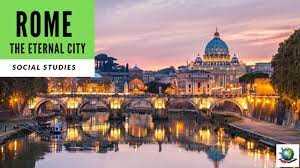
Barcelona, the capital of Catalonia in Spain, is renowned for its vibrant art scene. The city is home to numerous art galleries, museums, and public art installations that showcase both traditional and contemporary works.
One of the most famous art institutions in Barcelona is the Museu Picasso, which houses an extensive collection of works by the legendary artist Pablo Picasso. The museum is located in the heart of the Gothic Quarter and provides visitors with a unique opportunity to explore Picasso’s early works and witness his artistic evolution.
For those interested in contemporary art, the Barcelona Museum of Contemporary Art (MACBA) is a must-visit. The museum features a diverse range of contemporary artwork from local and international artists, including paintings, sculptures, photography, and installations. Its iconic building, designed by Richard Meier, is a work of art in itself.
Barcelona is also famous for its street art scene. Walking through the streets of the city, you’ll come across colorful and thought-provoking murals, graffiti, and stencil art. The El Raval neighborhood is particularly known for its vibrant street art, with artists from around the world leaving their mark on the walls.
In addition to museums and street art, Barcelona hosts various art events and festivals throughout the year. One such event is the Barcelona Gallery Weekend, where art galleries across the city open their doors to the public, showcasing exhibitions and organizing special events. The event offers a unique opportunity to experience the city’s thriving art scene and engage with artists and gallery owners.
If you’re an art lover, Barcelona is the perfect city to immerse yourself in the vibrant art scene. Whether you explore the museums, discover the street art, or attend art events, you’ll be surrounded by creativity and inspiration at every corner.
Paris: The City of Lights and Art
The City of Lights
Paris earned its nickname as the City of Lights due to its early adoption of street lighting. In the late 19th century, Paris introduced gas lamps on its streets, making it one of the first cities in the world to be illuminated at night. Today, the city continues to enchant visitors with its beautifully lit landmarks, such as the Eiffel Tower, the Louvre Museum, and the Champs-Élysées.
The Art Capital

Paris has long been a hub for artists and art lovers. The city is home to numerous world-famous museums, including the Louvre, which houses the iconic Mona Lisa. Other notable museums include the Musée d’Orsay, known for its collection of Impressionist masterpieces, and the Centre Pompidou, which showcases modern and contemporary art. Paris also attracts artists from all over the world, who come to experience its vibrant art scene and find inspiration in its charming streets and picturesque neighborhoods.
From its stunning architecture to its rich cultural heritage, Paris truly lives up to its reputation as the City of Lights and Art. Whether you’re strolling along the Seine River, exploring the quaint neighborhoods of Montmartre, or admiring the exquisite works of art in its museums, Paris promises an unforgettable experience for anyone with a love for beauty and culture.

I am a mural enthusiast and a fervent admirer of street art. Rather than creating murals myself, I am passionate about collecting them. My love for street art knows no bounds. I am dedicated to curating and cherishing these artworks that grace the streets. My collection stands as a testament to my profound appreciation for this form of artistic expression.
read about me



